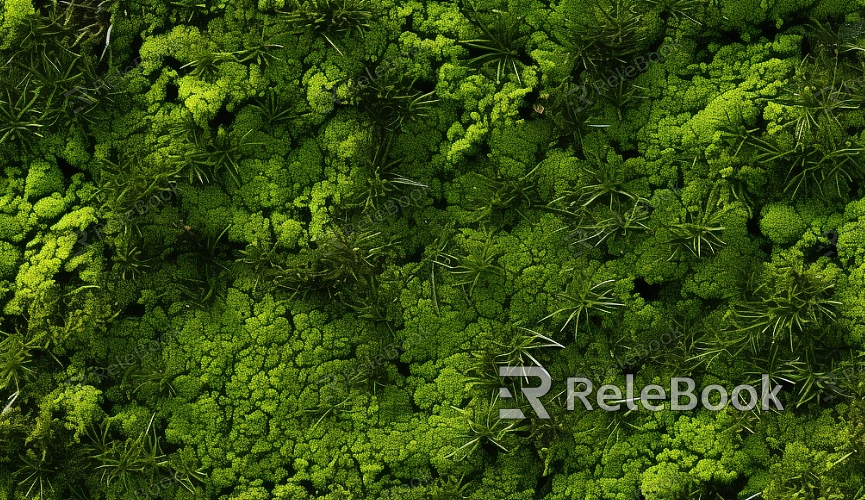How to Add Multiple Textures to 3D Object in Unity
In game development and virtual reality applications, adding multiple textures to 3D objects in Unity is a crucial technique that significantly enhances visual effects and realism. By applying different textures to the same object, designers can achieve more complex material effects, thereby increasing the detail and quality of the models. Below, we will outline the specific steps for adding multiple textures in Unity.

Choose the Right Material Type
The first step in Unity is to select an appropriate material type. The Standard Shader is a commonly used option that supports various textures and material properties. Make sure to understand the different attributes of materials, such as diffuse, specular, normal, and glossiness, as these will impact the final appearance.
Create and Set Up the Material
To create a new material in Unity, right-click in the Project window and select “Create” > “Material.” Open the material’s Inspector panel, where you can add different textures. For instance, you can assign a base color texture to the “Albedo” property and a normal texture to the “Normal Map” property.
Add Multiple Textures
For objects that require multiple textures, you can utilize the texture atlas technique to combine several textures into one, optimizing performance. In the material settings, use the “UV Tiling” feature to adjust the scale and position of the textures, ensuring each one displays correctly.
Use Shader Graph
In newer versions of Unity, you can create custom shaders using Shader Graph. This approach allows designers to add and manipulate multiple textures through a node-based system. With Shader Graph, you can flexibly set blending modes, transparency, and detail textures, achieving more intricate visual effects.

Adjust UV Mapping
Ensure that the UV mapping of the object is correctly set up so that the textures can be properly applied to the surface. Tools like Blender or Maya can be used to create and adjust the UV layout. Within Unity, you can use the “UV Editor” to view and modify UV mapping, ensuring that textures are not stretched or distorted.
Use Mask Textures
If you need to achieve different material effects on the same surface, consider using mask textures. Creating a black-and-white mask allows you to control which areas apply specific textures. In the material settings, utilize the mask texture to influence the blending of different textures, enhancing the diversity of the visual output.
Test and Optimize
After setting up multiple textures, it is advisable to conduct real-time tests to observe their performance under various lighting conditions. Based on the test results, adjust material properties and texture settings to achieve the best visual outcome.
Save and Back Up Your Project
Once you complete your work, remember to save your project to prevent data loss. Regular backups are also recommended for easy recovery. Consider exporting texture files for reuse in other projects.
By following these steps, designers can effectively add multiple textures to 3D objects in Unity, enhancing the detail and expressiveness of their work. Mastering these techniques will enable you to create more engaging and realistic 3D scenes.
I hope this article provides you with practical guidance on adding multiple textures in Unity. If you are looking for high-quality 3D texture resources, Relebook offers a rich selection to help you achieve outstanding visual effects in your projects.

